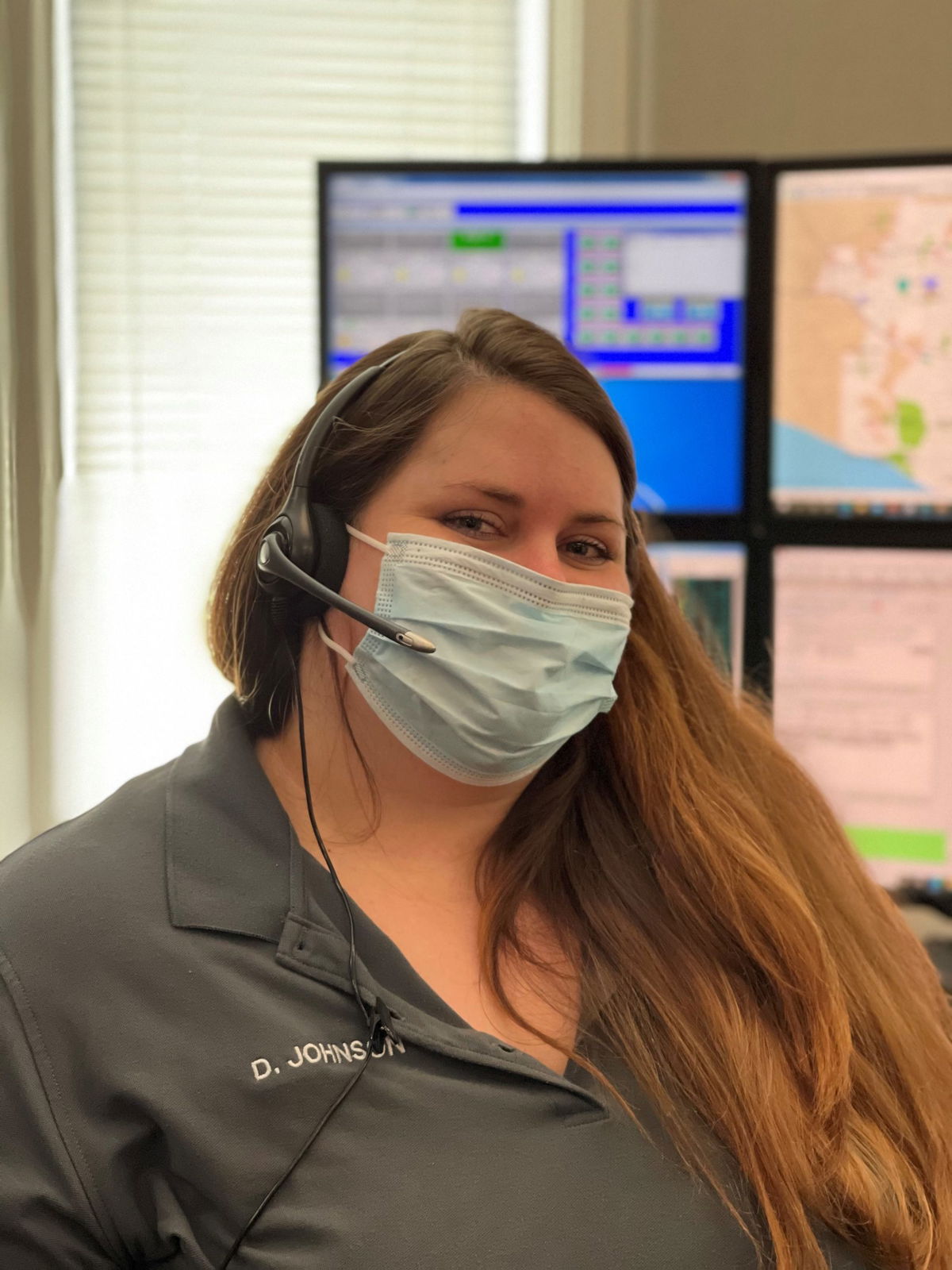Santa Barbara Police officers, dispatcher save man’s life after drug overdose

SANTA BARBARA, Calif. - Quick-acting officers with the Santa Barbara Police Department and a calm and collected dispatcher helped save a resident's life Friday morning after he allegedly overdosed on drugs.
The Santa Barbara Combined Communications Center said it received a frantic 911 call around 9:45 a.m. asking for help on the first block of Wade Court in Santa Barbara. The caller said her boyfriend was unresponsive on the bathroom floor, possibly suffering from an opioid overdose.
Officer Matthew Carlisle and Motor Officer Edward Kasper immediately responded to the call to provide emergency aid. While the officers and paramedics were on their way, police said dispatcher Devyn Johnson stayed on the phone with the woman and instructed her on how to perform CPR along with other life-saving medical techniques.

Officer Carlisle reportedly reached the scene before paramedics and City Fire. He said he entered the home and found paraphernalia used to smoke opioids on the floor. Carlisle brought his trauma first-aid kid to the unresponsive man and determined he was suffering from an overdose. The officer then administered two doses of Naloxone (Narcan) which immediately revived the man. The resident reportedly began breathing again and became more responsive.
The man was ultimately transported to Santa Barbara Cottage Hospital for treatment and is expected to make a full recovery. He reportedly expressed his gratitude to Officer Carlisle, Motor Office Kasper and Dispatcher Johnson for saving his life.
Santa Barbara Police said all officers have been professionally trained to recognize the symptoms of opioid overdose and to administer the life-saving drug Naloxone. The department requires officers to carry Naloxone with them during their shift. The drug has saved numerous lives thanks to officers being the first ones on the scene during medical emergencies.
Dispatchers with the police department are also specially trained to provide emergency medical directions to people in the community who call while others are suffering a medical emergency. The department said these instructions have helped save countless lives over the years.
